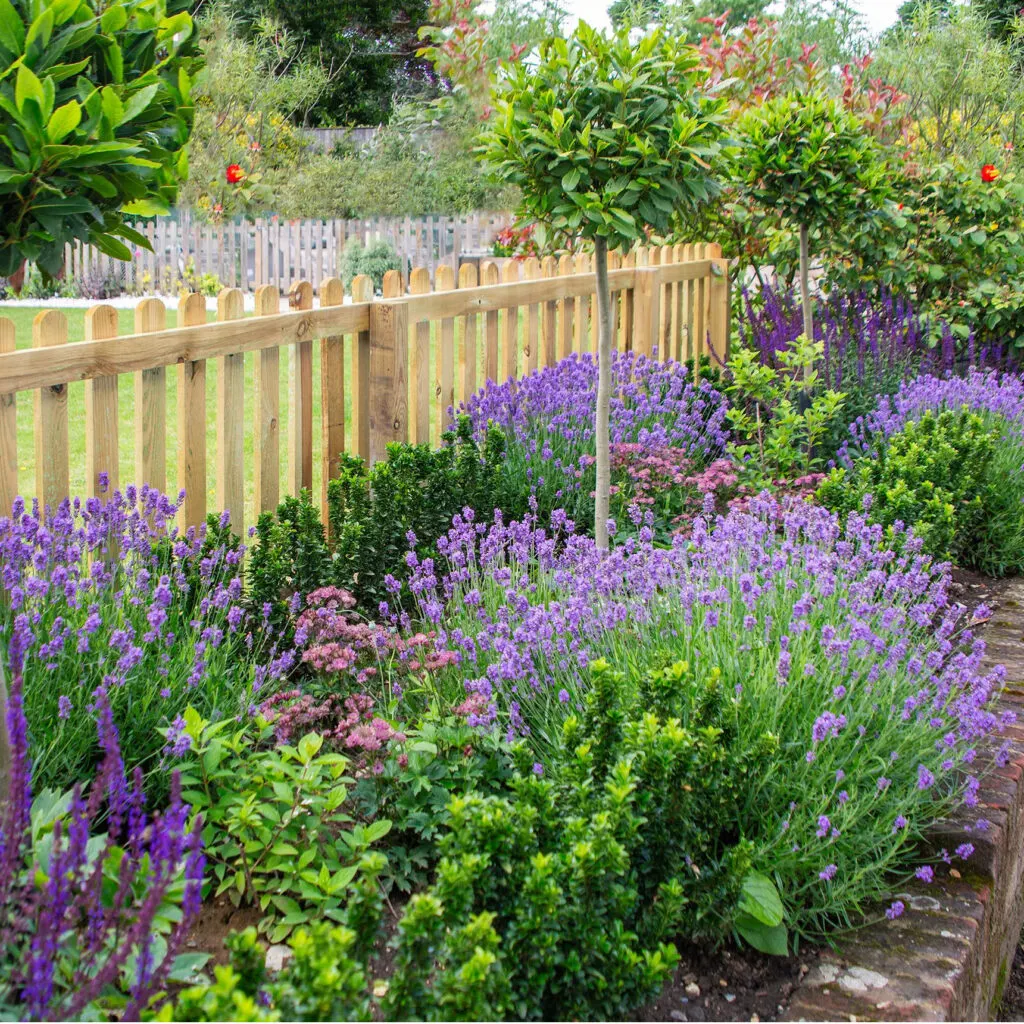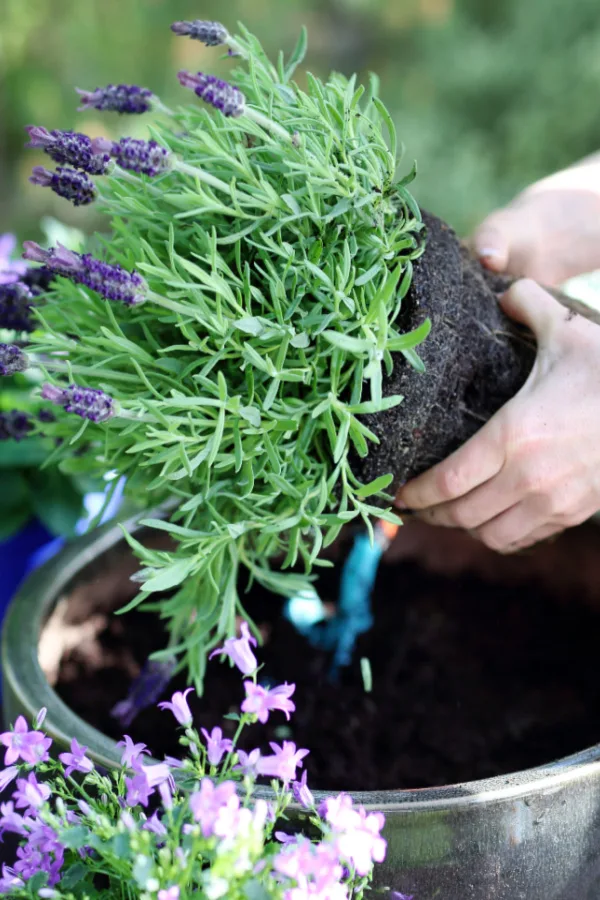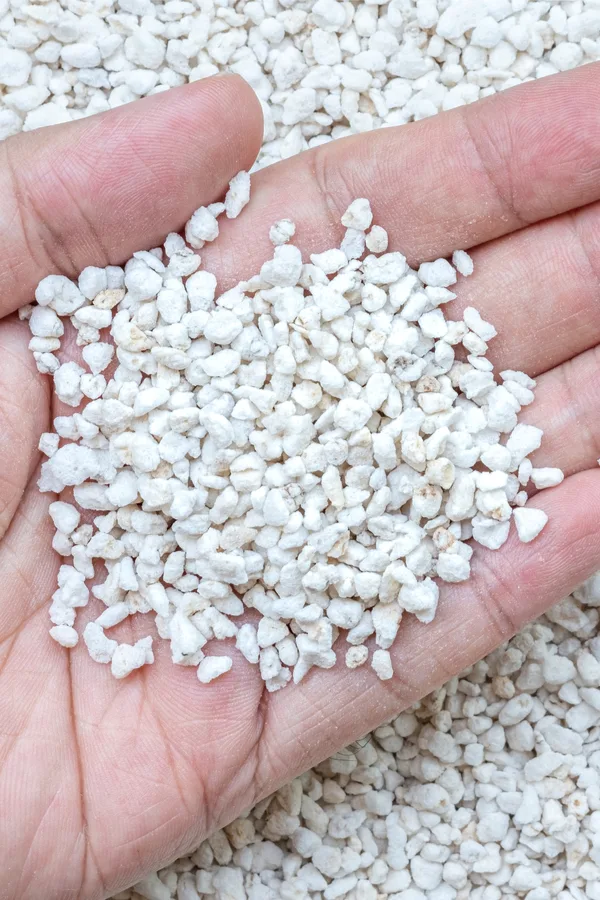When it comes to adding perennial flower power to your landscape – it’s hard to beat growing lavender. In fact, when you look at all of the plants sensational qualities – it truly is the ultimate perennial plant!
Lavender adds deep color and interest wherever it finds a home. But whether it be in flowerbeds, vegetable gardens or even in pots and containers on sunny patios and decks, the plant offers so much more to those who grow it than just its gorgeous blooms and flowers.
For starters, lavender is incredibly adept at repelling unwanted pests. So much so that it can keep mosquitoes, moths, gnats, flies, fleas, ticks and more far away from wherever it grows. But although it can keep pests out of the picture, it brings important pollinating insects in by the thousands!

Bees and butterflies both love the long, purple flowering spikes the plant shoots up in early to mid summer. And because the plant blooms so intensely, they stick around to enjoy, all the while helping to pollinate the other flowers and vegetable plants nearby.
Even More Reasons To Grow Lavender…
Lavender’s intense and fragrant blooms are not only beautiful, they are also wonderful as a cut flower. They are easy to dry and are perfect for keeping around to use as an all-natural air freshener throughout the home.
There are actually a whole slew of additional uses for lavender and it’s byproducts. From its bloom and flowers, to the oil extracted from the plant, lavender is said to help with everything from insomnia & stress, to dealing with pain and more.
But no matter what, one thing is for sure, lavender is one gorgeous and fragrant perennial for the landscape. And best of all, not only is it easy to grow and establish, it is deer and drought resistant as well. Talk about a perennial plant that has it all!
With all of those benefits in mind, here is a look at how to plant and maintain lavender in your backyard, and keep it growing well for years to come.

Growing Lavender – How To Plant, Grow & Maintain Lavender With Ease
Selecting Your Growing Location
Although lavender can adapt to most soil types, it actually prefers soil that isn’t overly loaded with nutrients. That little fact just adds to the beauty of the plant, allowing you to grow it without having to amend the soil with all kinds of additives.
More than anything else, lavender needs sunlight. And the more the better! Select locations receiving at least 6 to 8 hours of full sunlight each day. It can survive in less light, but the plant will under perform when it comes to setting blooms and flowering.
One thing lavender does not like is too much moisture. Because of that, make sure the soil you are planting in drains well. Especially if you will be planting in pots. In the landscape, avoid planting in low-lying areas where water can pool, or in extremely hard clay based soils.
Planting – How To Grow Lavender
Lavender can be difficult to grow and establish from seed. With that in mind, transplants and/or divisions are the way to go. They really are the best choice for establishing strong, healthy plants.

The good news is that you can plant lavender at any point of the growing season. Most nurseries, garden centers and on-line plant stores will carry lavender plants from spring until early fall. Affiliate Product Link: Lavender Plants
Planting Lavender
When planting, dig holes to twice the size of the transplant container. Consider adding a bit of sand or perlite to your planting hole if your soil leans toward the heavier side. This will help with drainage and keep the roots from becoming too wet in their planting hole.
Beyond the sand or perlite for hard soils, there is no need to amend the planting hole with compost or additional soil additives. Lavender will actually perform better in less fertile soil than in soil with additional nutrients. See: How To Use Perlite To Create Better Soil & Grow Healthier Plants!

Depending on the variety chosen, spacing will vary between 18 to 36 inches apart. Check the label on your transplants to be sure to provide proper spacing between multiple plantings. Most varieties, such as the popular English Lavender variety, will do best with around 24 inches of space between each plant.
Long Term Maintenance – Growing Lavender
Water new transplants lightly for the first few weeks until the roots have established into the soil. Beyond that, limit watering, as lavender will suffer more from too much water than not enough. Because lavender prefers soil that is less nutrient based, avoid using any fertilizers. Too many nutrients will actually decrease growth and blooms.
Mulching around your lavender plants is good to keep competing weeds away. However, when mulching, be careful not to place the mulch all the way up to the base of the plant. This can also keep too much moisture in place and cause the roots and main stem to rot.
Harvesting – How To Grow Lavender
You can harvest lavender fresh in mid-summer. The fragrant flowers are wonderful for arrangements, or for tying into small bundles to hang as an air freshener. Once the blooms begin to fade, whether you harvest or not, you will want to cut them back.

Many lavender plants will come into bloom a second time if the spent blooms are removed from the plant. Cutting back old bloom stems also helps the plant conserve power for not only future bloom cycles, but to prepare for winter.
Pruning – How To Grow Lavender
Allow first year plants to grow freely to establish good upper growth and a strong root system. As lavender matures, it develops a woodier base. By pruning the plant back each spring after the first few years of growing, you can force new growth for more blooming.
For best results, trim back the top quarter to one-third of the previous year’s growth to encourage better blooming. Here is to adding the wonders of lavender to your landscape!
Follow Our Facebook Page For Great Gardening Tips And Advice! This Is My Garden Facebook Page
This Is My Garden is a garden website created by gardeners, for gardeners. Jim and Mary Competti have been writing gardening, DIY and recipe articles and books and speaking for over 15 years from their 46 acre Ohio farm. They publish three articles every week, 52 weeks a year. Sign up today to follow via email, or follow along!
